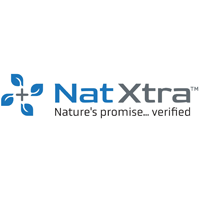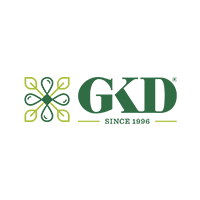Frequently Asked Questions on PR and Online PR:
1. What can PR do for a small business?
PR is used to raise the profile of a business and portray the business in a good light. As well as publicity, PR covers: supporting good causes; having a social responsibility to your workforce and neighbours; sponsorship; open days; speaking engagements; and producing newsletters.
Most PR is common sense, but when it comes to spending money on publicity you need to think of targeting those bodies who can do you the most good. PR-conscious companies are able to generate a warm glow about their activities that encourages people to apply, reduces staff turnover and makes selling to cynical buyers that much easier. “Ah yes, I’ve heard good things about you.” The welcome mat is already there.
PR often works alongside advertising and can reduce the amount you need to spend without reducing sales.
2. When and where is PR most effective?
PR can be highly effective in most businesses. Where it can make a big difference, however, is where the product or service cannot establish and maintain a significant differential advantage by itself. Where this is the case, you can still separate your company from the rest by emphasizing your unique qualities or values. For example, you may be more caring, more public-spirited, more international, or just more adept at creating news that will keep your name in view and help shape positive perceptions.
PR should be a staple part of any firm that needs to survive and grow. The benefits are as great for someone like Virgin as they are for a corner shop that stays open all hours. Generating goodwill and a positive attitude will help any business.
3. What makes a good press release?
Most PR is geared towards generating good (and free) publicity in the media. The trick is to write it as a news story, not as an advertisement for your firm. Whether your story is published will depend on how good your press release is:
- It must be news. The story must be topical: you have to find a peg to hang the story on. It is not news that you make dog baskets – but it would be if the Palace bought one.
- Head it up ‘Press Release’. Find out the name of the journalist responsible for the section you want it to appear in, and address the press release to that individual.
- Put a headline to identify the story. Do not waste too much time on dreaming up a winning pun as the sub-editor will always re-write it.
- Write for the publication’s readership. Use jargon for the technical press but simplify it for your local paper.
Put the meat of the story in the first sentence to attract the reader (and sub-editor), then develop the story in succeeding paragraphs. Most stories can be told in three to four paragraphs. - Type in double spacing to make it easy to edit.
- Use quotes from an identified source to add interest.
- Add your contact details, including your out-of-hours contact telephone number.
- Include a photo if possible. Put a caption on the back to identify the people portrayed.
4. What is Digital PR?
Digital PR is a tactic used by brands to increase their online presence through building relationships with key content writers and online journalists to gain ‘press hits’, or citations, and high-quality backlinks. Digital PR, when done properly, increases a brand’s reach and visibility and in turn has a positive effect on search engine visibility through effective onsite SEO, driving increased referral traffic.
5. How to measure the success of Digital PR?
Effective Digital PR can be measured by annotating the PR hits in Google Analytics and measuring how much referral traffic has been gained from those Digital PR hits. By analyzing and tracking how well the site’s landing pages rank for targeted keywords also assists in determining the success of a brand’s Digital PR strategy.
6. What are the channels of Digital PR? – It enables companies to create super-targeted campaigns across a wide range of online mediums, with the aim of reaching and influencing their target audience.
- News release online
- Blogs
- Podcasts
- Social media
- Business networks
- Interviews
- Bloggers outreach (blog post, videos, instagram posts)
































































